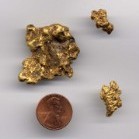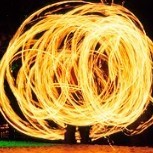Bear It.... I Dare You... You Dirty Swinger.
-
Similar Content
-
- 3 replies
- 206 views
-
- 3 replies
- 410 views
-
- 4 replies
- 470 views
-
- 13 replies
- 1,093 views
-
- 3 replies
- 1,075 views
-
- 6 replies
- 1,993 views
-
-




.thumb.jpg.95344db3aeef0a4c6c73420daa366191.jpg)






Recommended Posts
Create an account or sign in to comment
You need to be a member in order to leave a comment
Create an account
Sign up for a new account in our community. It's easy!
Register a new accountSign in
Already have an account? Sign in here.
Sign In Now